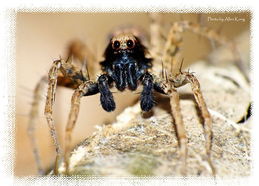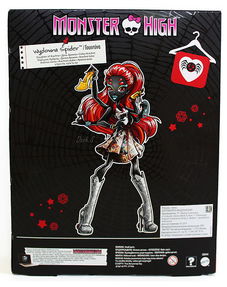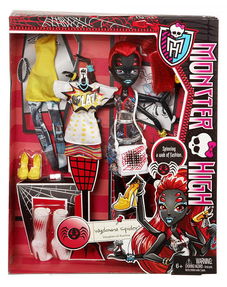
Spider Bite on Forehead: A Detailed Guide
Imagine it’s a warm summer evening, and you’re relaxing in your backyard. Suddenly, you feel a sharp pain on your forehead. You touch it and realize it’s a spider bite. Spider bites can be alarming, especially if they occur on sensitive areas like the forehead. In this article, we will delve into the details of a spider bite on the forehead, covering various aspects such as symptoms, treatment, and prevention.
Understanding Spider Bites

Spider bites are caused by venomous spiders, which can be harmful to humans. While most spider bites are harmless, some can lead to severe reactions. The severity of the bite depends on the type of spider and the individual’s immune response.
There are several types of venomous spiders that can bite humans, including the black widow, brown recluse, and hobo spider. Each spider has its own venom composition, which can cause different symptoms and reactions.
Recognizing Symptoms

After a spider bite on the forehead, you may experience various symptoms. Here’s a list of common signs to look out for:
| Sign | Description |
|---|---|
| Pain | Immediate and sharp pain at the bite site |
| Redness | Swelling and redness around the bite area |
| Itching | Itching around the bite site |
| Swelling | Swelling of the surrounding area |
| Blistering | Formation of a blister at the bite site |
| Systemic Symptoms | In some cases, you may experience nausea, vomiting, fever, or difficulty breathing |
Treatment Options

Most spider bites on the forehead can be treated at home. Here are some steps you can follow:
-
Clean the bite area with soap and water to prevent infection.
-
Apply a cold compress to reduce swelling and pain.
-
Take over-the-counter pain relievers, such as ibuprofen or acetaminophen, to alleviate pain and inflammation.
-
Keep the bite area elevated to reduce swelling.
-
Monitor the bite for signs of infection, such as increased redness, swelling, or pus.
In some cases, you may need medical attention. If you experience severe symptoms, such as difficulty breathing, swelling of the throat, or signs of infection, seek immediate medical help.
Prevention Tips
Preventing spider bites is crucial, especially if you live in an area with venomous spiders. Here are some tips to help you avoid getting bitten:
-
Keep your yard and home clean and clutter-free to reduce spider habitats.
-
Seal any cracks or gaps in your home’s foundation and exterior walls.
-
Remove any potential food sources, such as garbage or pet food, that may attract spiders.
-
Wear protective clothing when working in areas where spiders may be present.
-
Be cautious when handling items that have been stored for a long time, as they may contain spiders.
Conclusion
A spider bite on the forehead can be a frightening experience, but understanding the symptoms, treatment, and prevention can help you manage the situation effectively. Remember to keep your home and yard clean, wear protective clothing when necessary, and seek medical attention if you experience severe symptoms.






